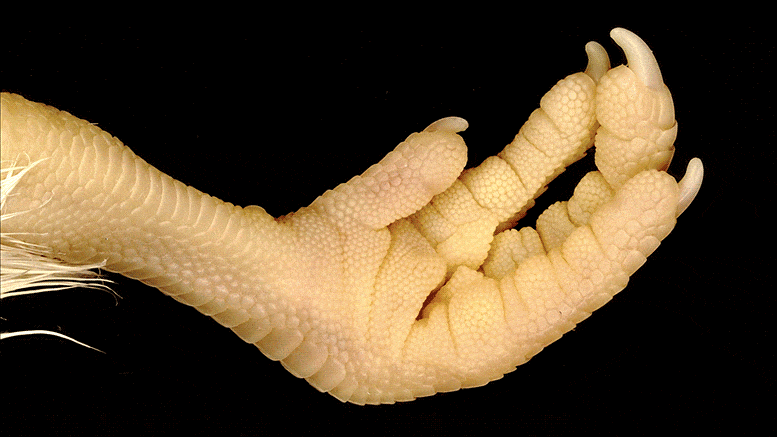
University of Geneva researchers have transformed chicken scales into feathers by temporarily modifying the Sonic hedgehog (Shh) gene expression, revealing that significant evolutionary transitions can occur without major changes in the genome. This research sheds light on the mechanisms responsible for the wide diversity of animal forms. Credit: © UNIGE / Cooper & Milinkovitch
A UNIGE team shows how specifically modifying gene expression causes feathers to replace scales in the chicken.
Scales, spines, feathers and hair are examples of vertebrate skin appendages, which constitute a remarkably diverse group of micro-organs. Despite their natural multitude of forms, these appendages share early developmental processes at the embryonic stage. Two researchers from the University of Geneva (UNIGE) have discovered how to permanently transform the scales that normally cover the feet of chickens into feathers, by specifically modifying the expression of certain genes. These results, published in the journal Science Advances, open new perspectives for studying mechanisms that have enabled radical evolutionary transitions in form among species.
The skin of terrestrial vertebrates is adorned with diverse keratinized appendages, such as hair, feathers, and scales. Despite the diversity of forms within and among species, the embryonic development of skin appendages typically begins in a very similar way. Indeed, all of these structures develop from cells that produce a localized thickening on the skin surface and express particular genes. One of these genes, called Sonic hedgehog (Shh), controls a signaling pathway — a communication system that allows the transmission of messages within and between cells. Shh signaling is involved in the development of diverse structures, including the neural tube, limb buds, and skin appendages.
A common ancestor
The laboratory of Michel Milinkovitch, professor in the Department of Genetics and Evolution at the Faculty of Science of the UNIGE, is interested in the physical and biological processes that generate the diversity of skin appendages in vertebrates. In particular, his group has previously demonstrated that hair, feathers, and scales are homologous structures inherited from a reptilian common ancestor.
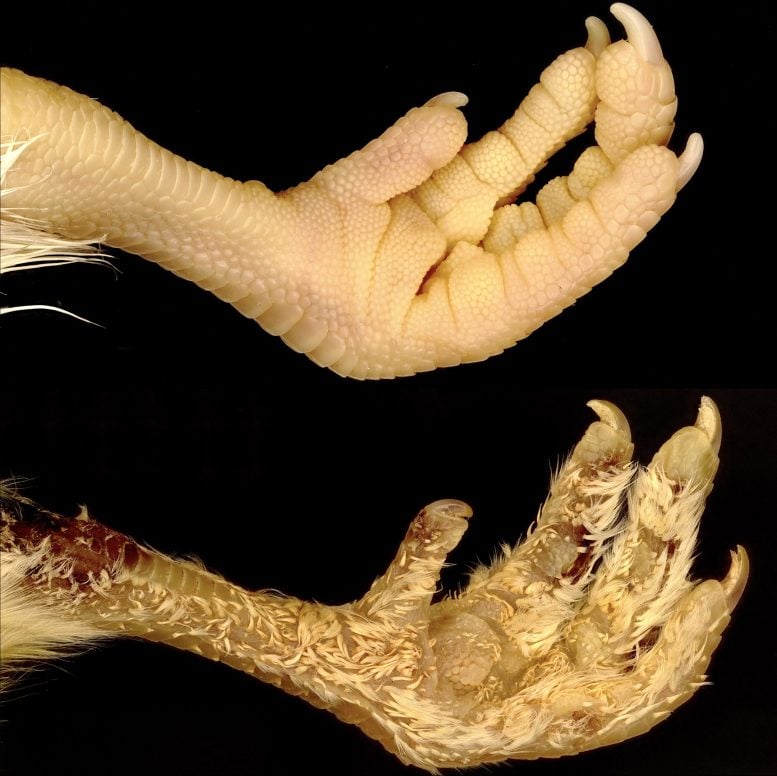
A transient change in expression of one gene (Shh) can produce a cascade of developmental events leading to the formation of feathers instead of scales. Credit: © UNIGE / Cooper & Milinkovitch
Feathers of the chicken embryo are used by scientists as a model system to understand skin appendage development. While it is known that certain breeds of chickens, such as the ‘Brahma’ and ‘Sablepoot’ varieties, exhibit feathered legs and dorsal foot surfaces, the genetic determinism of this trait is not fully understood.
A transient modification for a permanent change
As the signaling pathways responsible for this transformation have not been fully determined, Michel Milinkovitch’s group investigated the potential role of the Shh pathway. “We used the classic technique of ‘egg candling’, in which a powerful torch illuminates blood vessels on the inside of the eggshell. This allowed us to precisely treat chicken embryos with a molecule that specifically activates the Shh pathway, injected directly into the bloodstream,’’ explains Rory Cooper, a post-doctoral researcher in Michel Milinkovitch’s laboratory and co-author of the study.
The two scientists observed that this single stage-specific treatment is sufficient to trigger the formation of abundant juvenile down-type feathers, in areas that would normally be covered with scales. Remarkably, these experimentally-induced feathers are comparable to those covering the rest of the body, as they are regenerative and are subsequently and autonomously replaced by adult feathers.
After comparison with embryos injected with a ‘control’ solution (without the active molecule), RNA sequencing analysis showed that the Shh pathway is both immediately and persistently activated following injection of the molecule. This confirms that activation of the Shh pathway underlies the conversion of scales into feathers.
‘‘Our results indicate that an evolutionary leap — from scales to feathers — does not require large changes in genome composition or expression. Instead, a transient change in expression of one gene, Shh, can produce a cascade of developmental events leading to the formation of feathers instead of scales,’’ says Michel Milinkovitch. This research, initially focused on the study of the development of scales and feathers, therefore has important implications for understanding the evolutionary mechanisms generating the enormous diversity of animal forms observed in nature.
Reference: “Transient agonism of the sonic hedgehog pathway triggers a permanent transition of skin appendage fate in the chicken embryo” by Rory L. Cooper and Michel C. Milinkovitch, 17 May 2023, Science Advances.
DOI: 10.1126/sciadv.adg9619



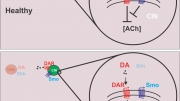
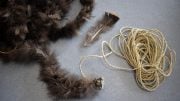

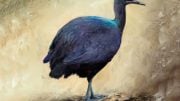


Progeria Kids live for only 15-20 years looking like 100-year olds due to Change in only 1 Gene called LMNA (lamin A) which makes a protein to hold the nucleus (at the center of cell) in Normal people. When LMNA gene has a change, a flawed protein called ‘Progerin’ is made. All Money is not going into SciTech. Major part of it is going into Trash/Social affairs. When Animals beat us in physical activities, no need to compete among ourselves. Look at Mosquitoes and even tinier flies on the fruits, the latter ones being a little bit difficult to catch even. Humans alone have really useful Brains. Most are driven into wrong paths by stupids, dragging with dog leashes, acting as superb and intelligent.
After coming across the article on the change that the scientists and dod to the scale of the foot of the chicken were that I was reading in the article and I came up with a question that I need to have an answer for! The question is do you ask any of the animals that you have done similar things to their permission and if so what is their answer for you to be all this to them or do just take it upon yourselves to do as you think fit? I need to know why you think this is alright? For I have to say that I don’t believe in any of this for I believe that you need to be doing all that way to yourselves for you will be able to give the permission for that!!! I will say that if I ever read anything like this again to any animals agn I will be coming to have a very serious conversation!